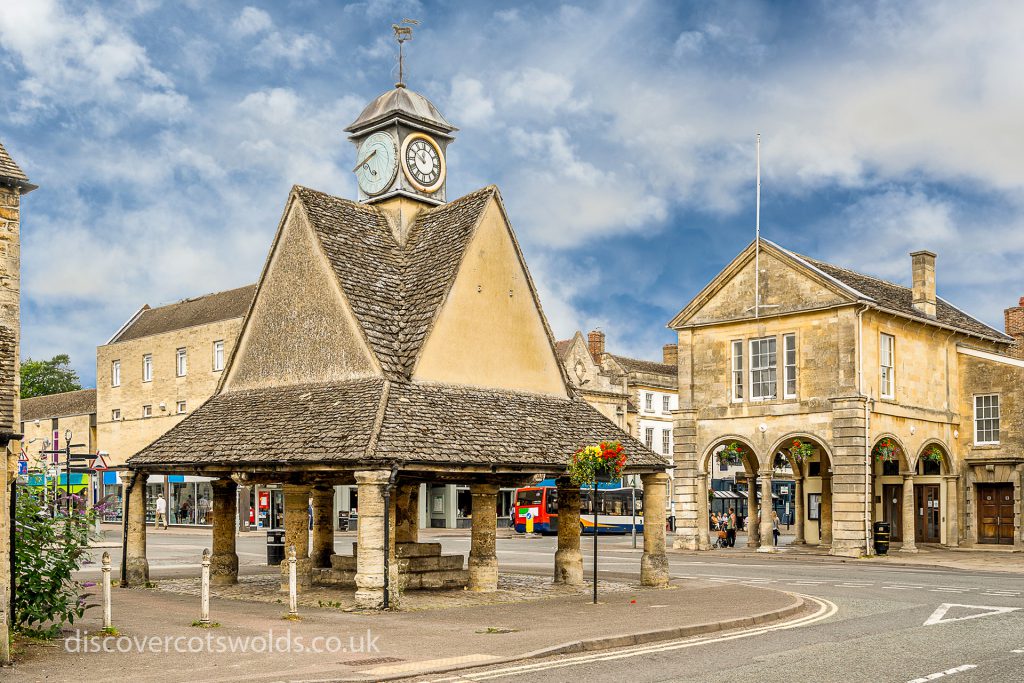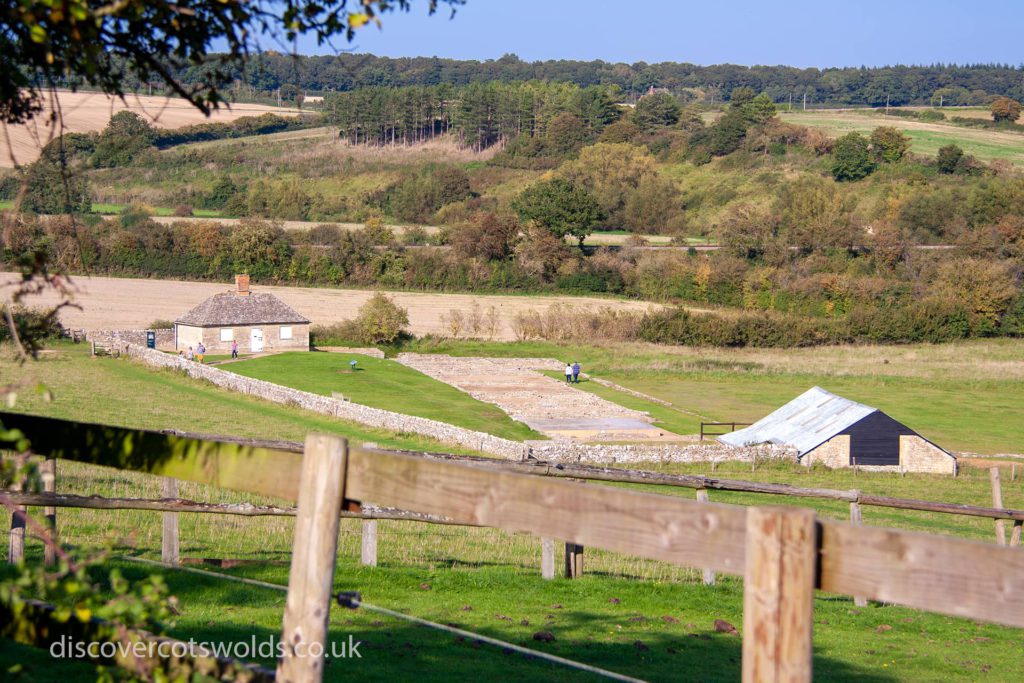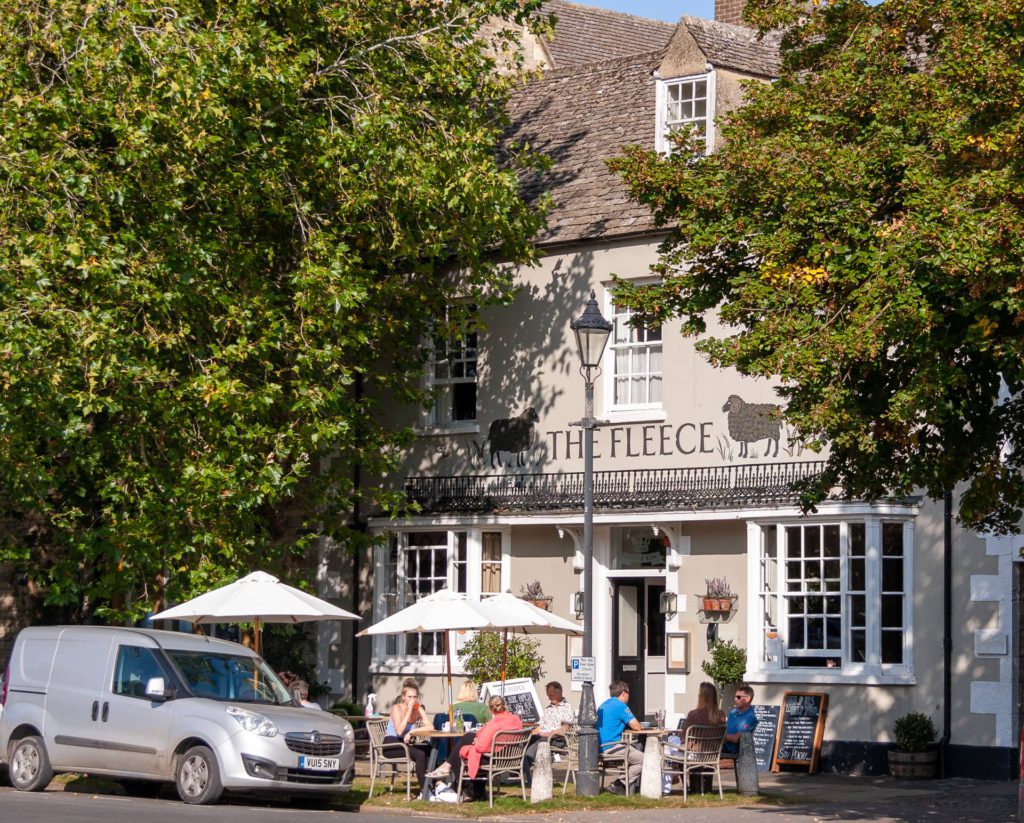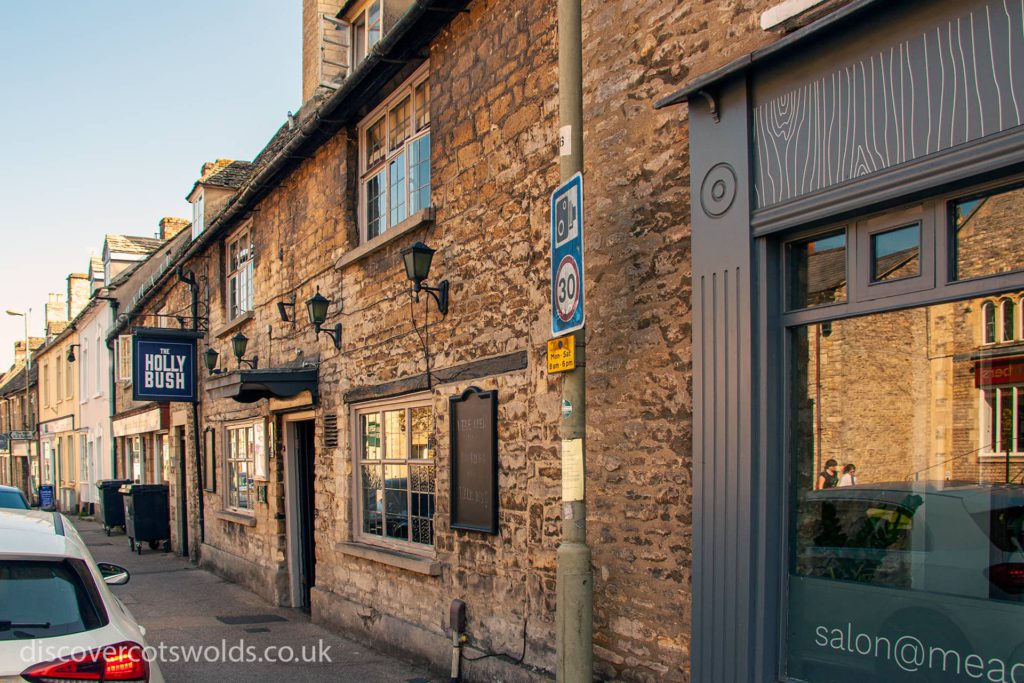Witney is an historic market town on the banks of the river Windrush, 12 miles to the west of Oxford, on the edge of the Oxfordshire Cotswolds.

The town is now a large and vibrant location with a population of around 28,000 inhabitants, which makes Witney the largest of the market towns in the Oxfordshire Cotswolds.
History of Witney
This West Oxfordshire town was first recorded in AD969 and may have got its name from the Saxon King’s Council known as the Witan, which met here. However, there is also some evidence of both Iron Age and Roman settlements in the area.

Like much of the Cotswolds, Witney owed much of its fame and fortune to the medieval wool trade years and right up to 2002 there was one mill in Witney still producing the famous “Witney blankets”.
Blanket Hall
During the medieval years, Witney grew, employing thousands of people producing blankets and other woollen goods. The Blanket Hall in the High Street was built after a charter was granted by Queen Anne and all the blankets manufactured were taken there for quality measures before being exported throughout the world.
Witney became world famous for blanket making and owes much of its prosperity today to the blanket industry.
The blanket hall is no longer used for blanket making and has more recently had a number of roles including being a brewery, a lemonade factory and a wedding venue. Since 2015 the Blanket Hall has become a museum dedicated to the history of blanket making in Witney.
Witney Church
Witney parish church is dedicated to St Mary the Virgin and stems from Norman origins. The church has seen many alterations with a restoration project taking place during the Victorian years. The spire is 150 feet high and is a focal point from the town centre, looking out on to the Church Green.

There are other buildings of historic interest including the 17th century Buttercross on Market Square, the 18th century Town Hall, the Victorian Corn Exchange, the Holloway’s Almshouses built during the 1700’s which are close to the church of St Mary the Virgin. There are also two other groups of Almshouses in the town.
The present shopping centre is vibrant with a good selection of national chain stores and small independent shops
Getting Here
The town is in west Oxfordshire, just off the A40, 12 miles from Oxford, 36 miles from Gloucester, 24 miles from Swindon and 8 miles from Burford.
Perhaps surprisingly, for a town of this size, there is no train station in Witney. However, if you really want to arrive in style, you could always fly into nearby Oxford International airport.
Parking
There are a number of car parks around the town and parking is free of charge in all of the council owned and maintained car parks.
Witney and District Museum
Witney and District Museum was opened during 1996, Witney Museum can be found in an inconspicuous Cotswolds stone building in the centre of the town.
Witney and District Museum was at one time the home of a local businessman, Malachi Bartlett, a proprietor of a local building firm who constructed many of the buildings at Witney Railway Station, long since demolished and the Sainsbury’s supermarket built on much of the site.
The museum collection includes items from some of the the local industries including brewing, glove making, blanket manufacturing and engineering. The exhibits also include historical documents and photographic records of Witney, the towns historic buildings, transport, a tithe map, the town stocks and relics of the former WW1 RFC airfield which open in March 1918.
Other items which are of interest include tools belonging to Malachi Bartlett, domestic pottery and tiles from the Bishops Palace and from the ruined manor house at nearby Minster Lovell.
The Bartlett Taylor Gallery is on the upper floor and is used for temporary exhibitions.
Wheelchair access to ground floor only.

The Bishops Palace
The Bishop’s Palace in Witney can be found near to St Mary’s church, in the centre of the town, on Church Green.
The historic building known as the Bishops Palace was built by the Bishop of Winchester in the 12th and 13th centuries and later became the Manor House. In 1757, the Grade II* listed manor house was acquired by the Duke of Marlborough, whose other residence just happens to be Blenheim Palace.
Excavations from 1984 through to 1992 uncovered a large tower from the early 12th century. Other finds included coins found in robber trenches which would indicate that some of the manor buildings were demolished during the English Civil War, the rest were destroyed during the 18th century. The archaeology remains which are visible are protected from the elements under a modern roof cover.
To help visitors there is an interpretation centre with a model of the former building in all its artistic glory and some remains of the building can be seen in the Witney and District Musem.
Places to eat and drink
As with an large, vibrant town, Witney has plenty of places to eat and drink. One such place is the Hollybush, on Corn Street. You can read more about them in our review, here.

Read about some more must visit restaurants in the Cotswolds.
Places to stay
As you might expect, thanks to its popularity and location, there are lots of places to stay in Witney.
These range from luxury hotels to budget hotels, as well as camp sites and B&B’s. Something for everyone if you’re planning a stay.